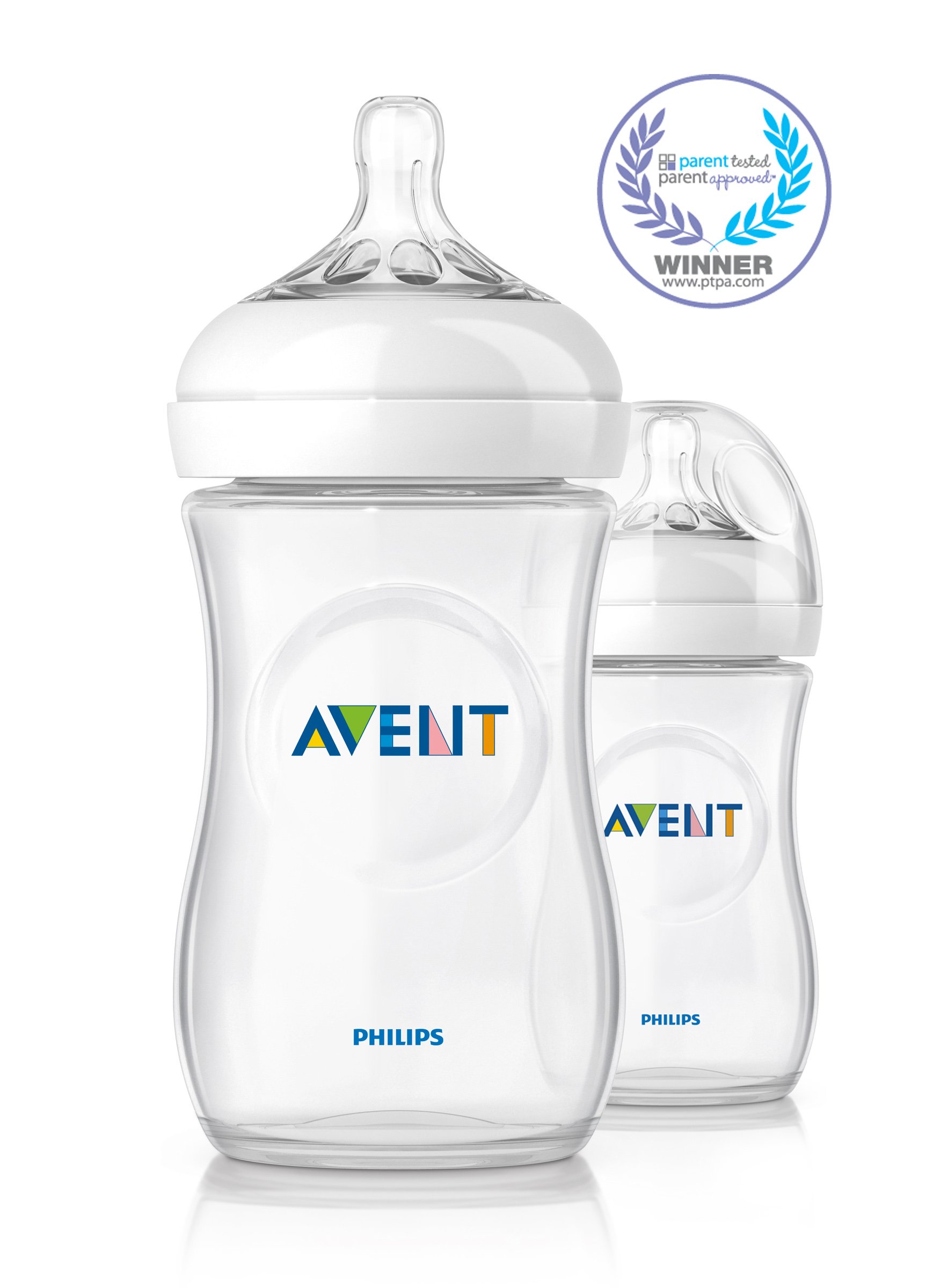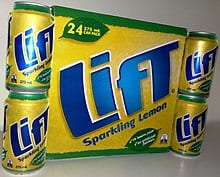The Ultimate Guide to Avent Bottles for New Parents
Hello, wonderful parents and guardians! Welcome to your comprehensive guide to Avent bottles – the trusty sidekick for your parenting journey! If you’ve chosen or are considering Avent bottles for your little bundle of joy, this guide is chalk-full of everything you need to know to make bottle-feeding a breeze. Buckle up as we delve into the world of Avent, and get ready to become a bottle-feeding pro in no time!
Why Choose Avent Bottles?
Before we jump into the specifics, let’s chat about why Avent bottles are a fantastic choice for your baby. Avent, a brand under the global company Philips, is known for making baby feeding products that are designed with both parent and infant in mind. They prioritize baby’s health, nutrition, and comfort, while also making the feeding process as smooth as can be for the caregiver.
Their bottles come in various sizes and designs, each tailored for different stages of your baby’s growth. Plus, with innovative anti-colic systems in place, you can be sure you’re reducing discomfort as much as possible for your little one.
Types of Avent Bottles
There’s an Avent bottle for every need and age:
- Avent Natural: Designed to mimic breastfeeding, wonderful for combined feeding.
- Avent Anti-colic: Features a unique venting system to reduce colic and discomfort.
- Avent Classic: A straightforward and timeless bottle design, easy for everyone to use.
- Avent Glass: An eco-friendly and durable option for those looking to avoid plastic.
Choosing the Right Bottle for Your Baby
Picking the perfect bottle can depend on a few factors – does your baby have a tendency to develop gas? Are you planning to switch between breast and bottle? Or maybe you’re looking for environmentally friendly options? Don’t worry, we’ve got you covered with detailed insights into choosing the right Avent bottle to fit your unique situation.
Understanding Nipple Flow Rates
One of the first steps in making bottle-feeding a success is selecting the right nipple flow rate. Avent bottles come with various nipple flow rates tailored to different ages, so your baby gets just the right amount of milk without overwhelming themselves.

Five Things Parents Should Know in Preparing for Avent Bottles
Preparing bottles for your little munchkin should be a stress-free experience! Here’s what you need to know:
Cleaning and Sterilization
Hygiene is paramount when it comes to your baby’s health. Avent bottles are dishwasher safe, but you may prefer to wash them by hand with warm soapy water. Make sure to rinse thoroughly! Sterilization can be done using a steam sterilizer, a microwave, or by boiling in water for at least 5 minutes. Avent also provides electric steam sterilizers designed to fit their bottles perfectly, making the process a cinch!
Warming Milk
When it’s feeding time, your little one might prefer their milk warm, just like at breast temperature. You can warm Avent bottles by placing them in a bowl of warm water or using a bottle warmer. Avoid microwaving as it can cause hot spots that might burn your baby’s mouth. Allow the bottle to reach body temperature, ideally around 98.6°F (37°C), before giving it to your precious infant.
Checking Bottle Components
Bottles are made up of several parts – the bottle itself, the nipple, a ring, and a cap. Before every use, make a habit of checking each part for wear and tear, especially the nipples for any signs of deterioration. Avent nipples are durable, but they will need replacing from time to time. Consistently using the correct nipple flow rate according to your baby’s development is also key to a happy feeding experience.
Preparing Formula
If you’re using formula, read the manufacturer’s instructions carefully. Each scoop of powder needs to be measured precisely and mixed with the right amount of water to ensure your baby is getting proper nutrition. Avent bottles have measurement marks on the side that make it easy to get the water volume just right. The wide neck bottles also allow for mess-free mixing — a real bonus when you’re juggling one too many things.
Transitioning from Breastfeeding
If you’re transitioning from breastfeeding to bottle-feeding, patience is your best friend. Avent’s Natural bottles can be a godsend here because they’re designed to resemble the breast as closely as possible. Introduce the bottle at a time of day when your baby is relaxed but alert, not at peak hunger to minimize rejection. Hold your baby in a different position than your usual breastfeeding one to help them understand this is a new feeding method.
Feeding Tips with Avent Bottles
Little details can make a big impact on feeding time. Angle the bottle so the milk completely fills the nipple, preventing air from being swallowed, which can lead to gas and discomfort. Take periodic breaks during feeding to burp your baby, another practice to prevent gas buildup.
Every baby is unique and so their acceptance to bottle-feeding will be too. Experiment with different Avent bottle types and nipple flows to find what suits your baby best. Trust your intuition, and with the help of Avent bottles, you’ll find your rhythm in no time!
Remember to always consult with your pediatrician about any concerns or questions regarding feeding and the health of your baby. They can provide guidance tailored to your baby’s specific needs and milestones. Armed with the right knowledge and tools, you’re all set to provide the best for your little star!
And that’s it – a dive into the world of Avent bottles! Keep this guide handy, and you’re sure to navigate the vast sea of bottle-feeding with confidence. Happy feeding!
For more great articles please see here. For more information see here
Disclaimer
The articles available via our website provide general information only and we strongly urge readers to exercise caution and conduct their own thorough research and fact-checking. The information presented should not be taken as absolute truth, and, to the maximum extent permitted by law, we will not be held liable for any inaccuracies or errors in the content. It is essential for individuals to independently verify and validate the information before making any decisions or taking any actions based on the articles.




